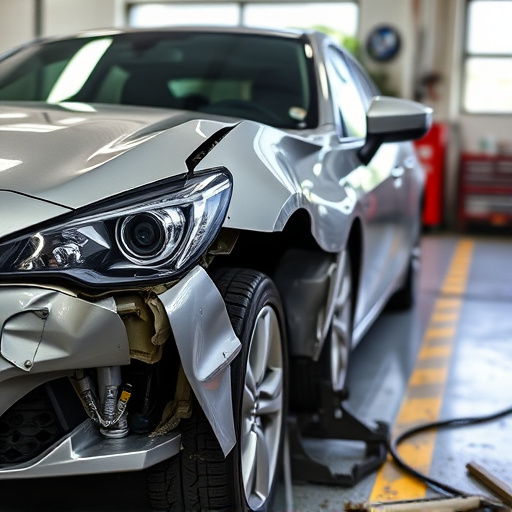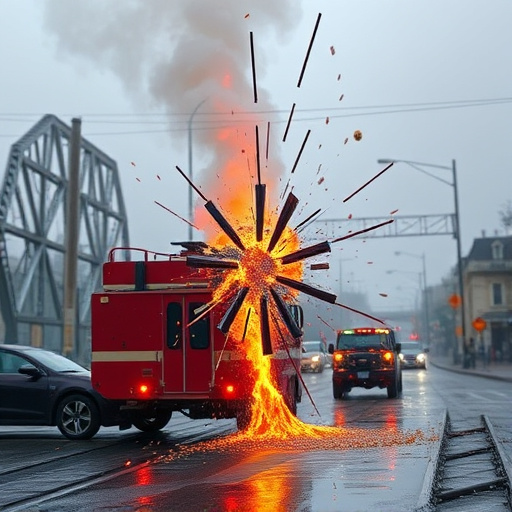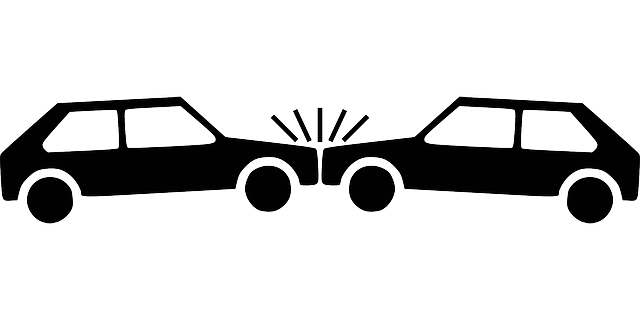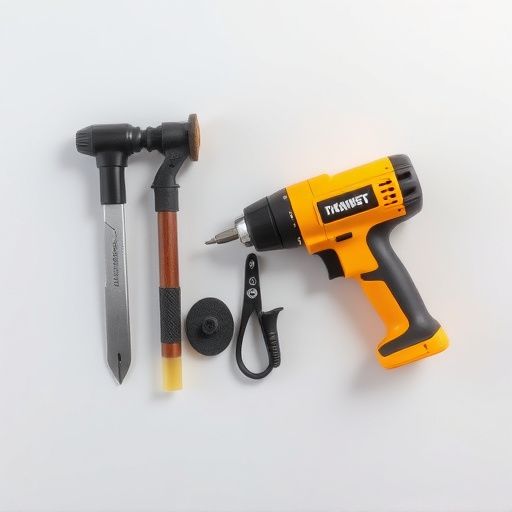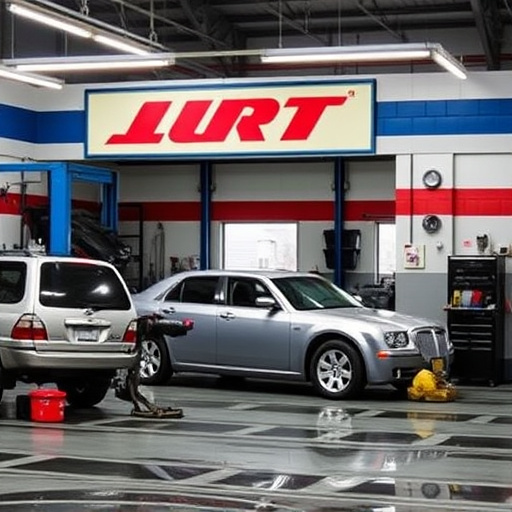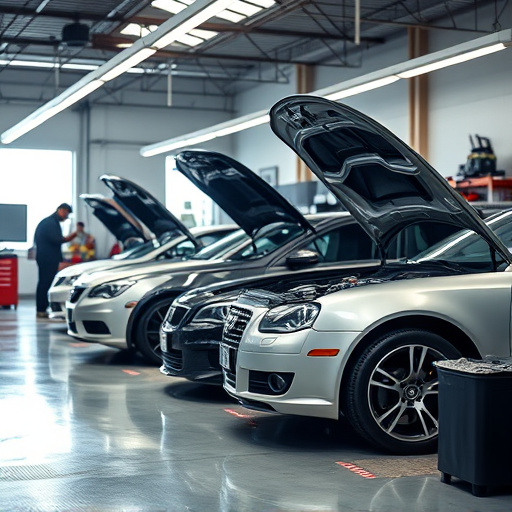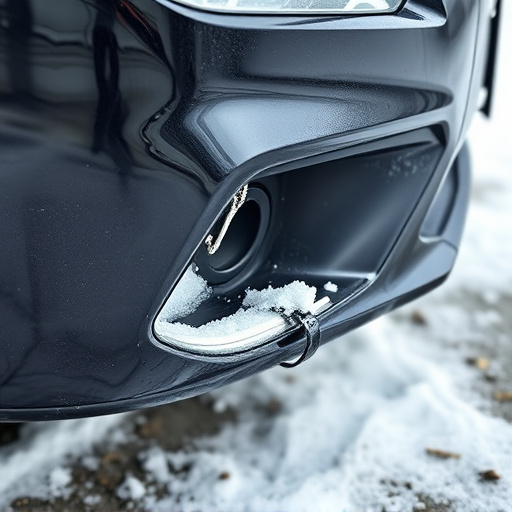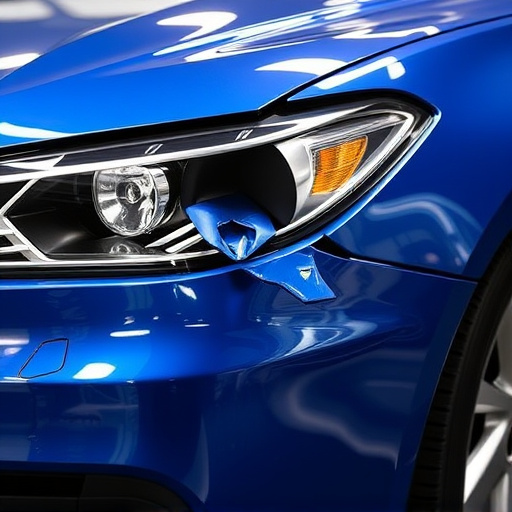Understanding and addressing common Tesla 12V system issues is cost-effective. Simple DIY repairs for minor problems extend system life. Complex issues require professional diagnosis and potential component replacements. Regular maintenance prevents major failures. A step-by-step guide aids in diagnosis. Before battery replacement, consider 12V repair for cost savings and extended primary battery life.
“Thinking of repairing your Tesla’s 12V system versus replacing the entire battery? This comprehensive guide is your solution. We dive into the intricacies of Tesla’s 12V system, unraveling common issues and assessing repairability. Learn practical steps for diagnosing and fixing problems yourself. Additionally, we explore when battery replacement is inevitable, highlighting signs and cost considerations. Optimize your vehicle’s performance with informed decisions on Tesla 12V system repair.”
- Understanding Tesla's 12V System: Common Issues and Repairability
- Step-by-Step Guide: Diagnosing and Fixing 12V System Problems
- When Is Battery Replacement Necessary: Signs and Cost Considerations
Understanding Tesla's 12V System: Common Issues and Repairability
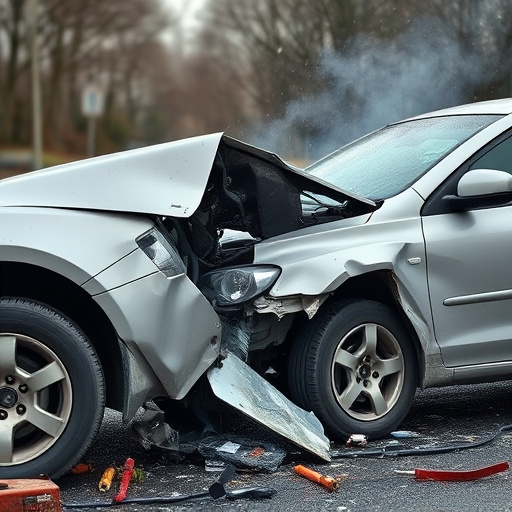
Tesla’s 12V system is a critical component that powers various essential functions within the vehicle, from lighting and accessories to more sophisticated systems. Understanding its intricacies and common issues is key when deciding between repair or replacement. Many minor problems can be traced to simple components like fuses, relays, or cables, which are relatively easy and cost-effective to replace. These DIY repairs can extend the life of your Tesla’s 12V system and save on auto body repairs.
However, more complex issues may require professional intervention. Hail damage repair, for instance, can disrupt the 12V system, affecting not just the electrical components but also the car body restoration process. In such cases, a thorough diagnosis is necessary to determine if individual parts or the entire system needs replacing. Regular maintenance and prompt attention to warning signs can help prevent major failures, ensuring your Tesla’s 12V system remains reliable and robust.
Step-by-Step Guide: Diagnosing and Fixing 12V System Problems
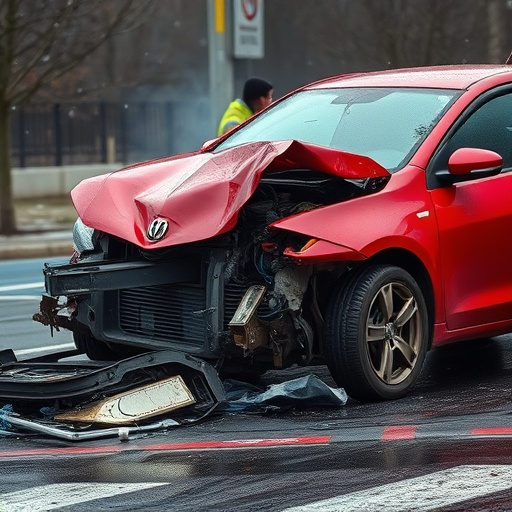
Diagnosing and fixing Tesla’s 12V system issues can often be a straightforward process, saving you time and money compared to a full battery replacement. Here’s a step-by-step guide to help you get started:
1. Identify the Problem: Start by observing your car’s behavior. Is there a lack of power or an inability to start? Check for common symptoms like dim lights, slow window regulators, or faulty electrical components.
2. Test the Battery: Use a voltmeter to measure the battery voltage while the engine is off and running. A fully charged Tesla battery should read around 12.6 volts. If it’s significantly lower, you may have a problem with the battery itself or the charging system.
3. Inspect for Damage: Inspect your car for any signs of collision repair, hail damage repair, or auto body repairs as these could disrupt the 12V system. Check for loose connections at the battery terminals and ensure all electrical components are properly secured.
4. Check the Alternator and Belt: A functioning alternator is crucial to maintain the 12V system. Inspect the alternator belt for wear or cracks, ensuring it’s securely fastened.
5. Test Electrical Components: Verify each electrical component’s functionality, from light bulbs to window motors, using a test light or multimeter. This can help pinpoint faulty parts.
6. Clean and Test Again: After cleaning the battery terminals and connections, retest the system to ensure all issues are resolved. If the problem persists, it may indicate a more complex issue that requires professional attention.
When Is Battery Replacement Necessary: Signs and Cost Considerations
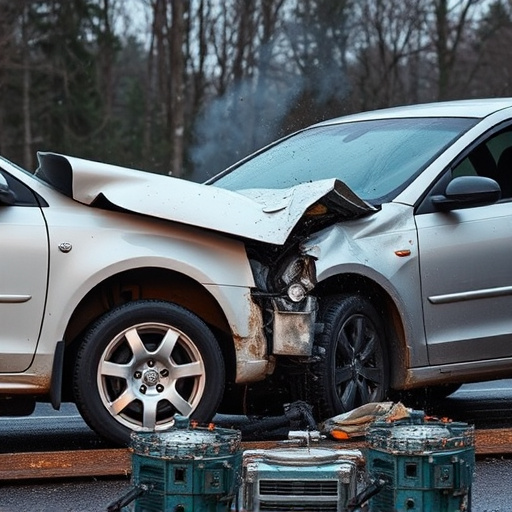
If your Tesla’s 12V system is giving you trouble, it might be tempting to opt for a full battery replacement. However, before making that decision, consider whether a Tesla 12V system repair could be a more cost-effective solution. Battery replacement is often necessary when the existing one is no longer holding a charge or shows signs of aging, such as bulging or leaking. If your car’s electrical components are functioning but the battery won’t hold power, repairing the 12V system might be a wise choice, saving you money compared to replacing an entire battery pack.
When deciding between repair and replacement, factor in the cost of parts and labor for each option. While a mercedes benz collision repair shop or a specialized car body restoration service can handle complex electrical issues, basic 12V system repairs like cleaning corrosion from terminals or resoldering connections might be performed more affordably by an independent mechanic. Even if your Tesla battery shows signs of hail damage repair needs, repairing the 12V system could extend the life of your primary battery, delaying a complete replacement until absolutely necessary.
When faced with issues in your Tesla’s 12V system, repairing it can be a cost-effective alternative to replacing the entire battery. By understanding common problems and following a systematic approach to diagnosis and repair, as outlined in this article, you can often extend the life of your vehicle’s electrical system. However, if damage is extensive or signs point towards a failing battery, replacement might be inevitable. Regular maintenance and prompt attention to 12V system issues can help ensure your Tesla remains reliable and keep unnecessary expenses at bay.





